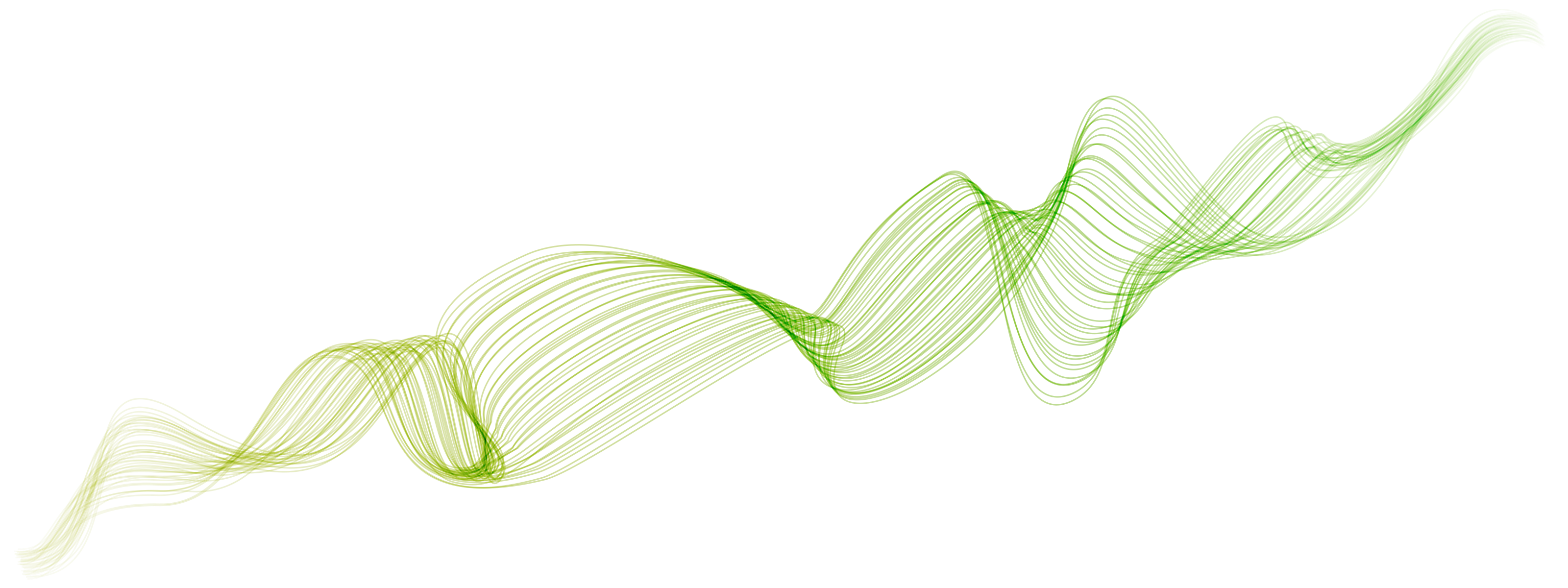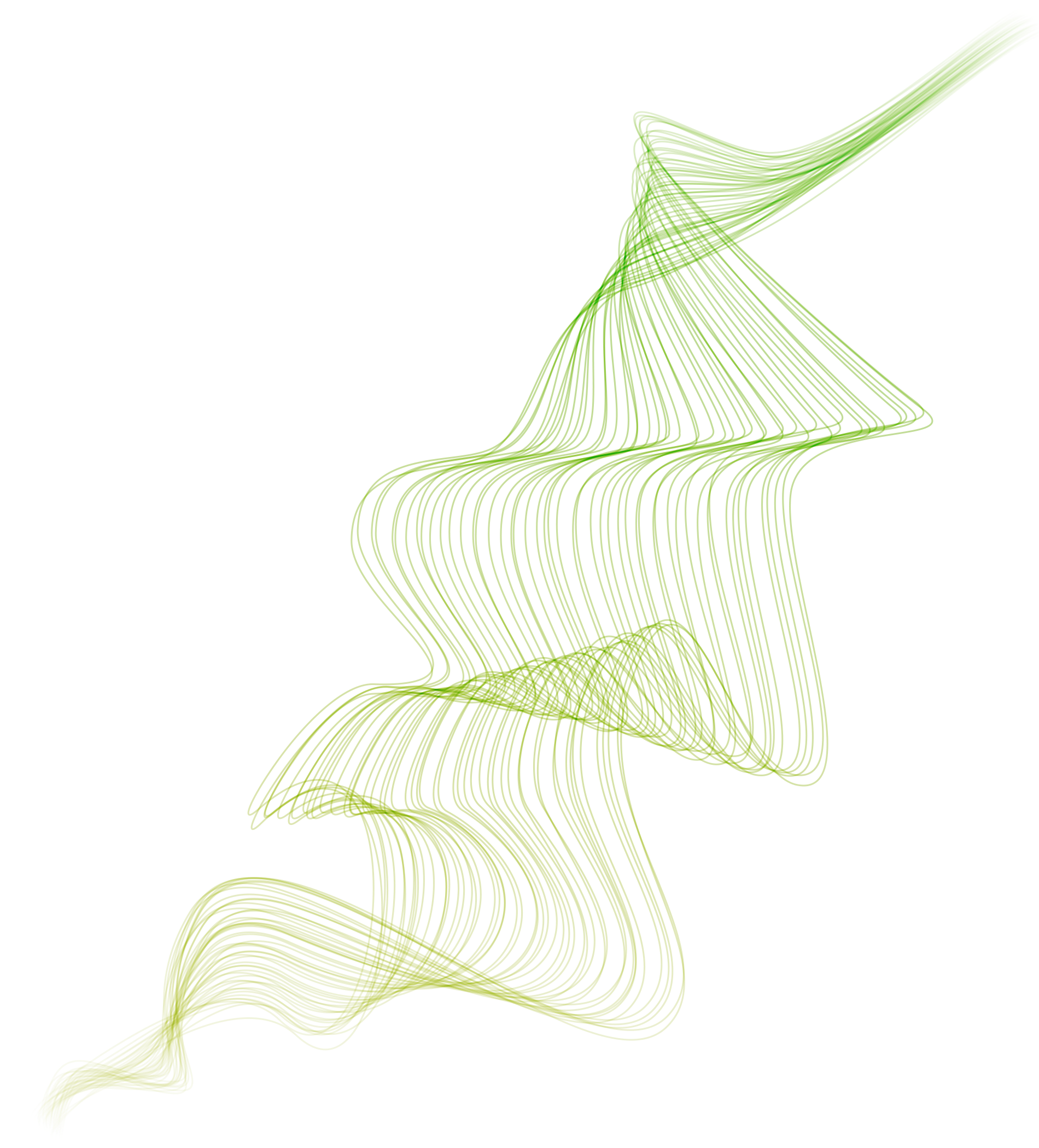WorkshopCardiac CT Level 1/2 Course Basildon, Essex, UK Basildon, Essex, UK - 20% discount with the code EBM20CIRCLEBook Today
Nov, 25
17
Nov, 25
21

Take the First Step Towards Better Patient Care
Discover today how our tailored solutions can enhance efficiency and productivity while reducing your workload and giving you more time to focus on your patients.

